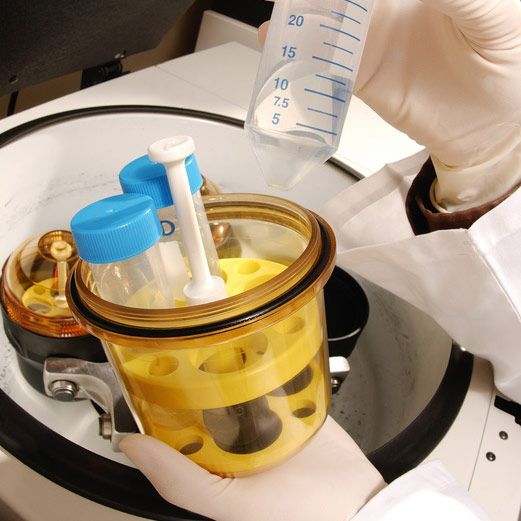TUESDAY, Dec. 1, 2015 (HealthDay News) — Radiologists believe they’ve figured out why knuckles crack, and the good news is the source of the noise does no immediate harm to your hand.
Ultrasound readings of people cracking their knuckles reveals a bright flash, “like a firework exploding in the joint,” said lead researcher Dr. Robert Boutin, a professor of radiology at University of California, Davis Health System.
The flash comes from a gas bubble forming in the joint, but until now researchers could not agree whether the sound was caused by the bubble popping or the bubble forming, Boutin said.
By syncing the ultrasound with audio, radiologists think they now have the answer, he said.
“In every single case we looked at, we heard the crack before seeing a visible flash on the ultrasound,” Boutin said. “The sound is not coming from the bubble popping. It’s actually the bubble forming.”
Don’t blink while observing this, though. “The interval between the sound you hear and the flash you see on the ultrasound is 10 milliseconds,” he said.
Boutin was to present the findings Tuesday at the annual meeting of the Radiological Society of North America, in Chicago. Research presented at meetings is typically considered preliminary until published in a peer-reviewed journal.
Between 25 percent and 50 percent of people regularly crack their knuckles, Boutin said. “Patients come in day in and day out asking for guidance about knuckle cracking, because it’s very common,” he said.
To study the phenomenon, radiologists asked 40 people, aged 18 to 63, to stretch their fingers a total 400 times. Participants included 30 individuals with a history of habitual knuckle cracking and 10 who did not usually crack their knuckles.
The finger stretches caused 62 knuckle cracks. When a knuckle cracked, researchers saw a bright flash caused by a gas bubble forming in nearly all cases, Boutin said.
“There have been several theories over the years and a fair amount of controversy about what’s happening in the joint when it cracks,” Boutin said. “We’re confident that the cracking sound and bright flash on ultrasound are related to the dynamic changes in pressure associated with a gas bubble in the joint.”
The bubble is created from dissolved gas that’s suspended in fluid that lubricates a person’s joints, said Dr. William Palmer, director of musculoskeletal imaging and intervention at Massachusetts General Hospital in Boston.
It appears that when a person stretches their finger, the act creates negative pressure that draws out the gas. “You’re yanking on a joint, and then suddenly the seal is broken,” Palmer said.
Boutin explained that all of the tiny microbubbles of gas suddenly coalesce into one large bubble, and the crack appears to come from the tiny bubbles crashing together.
Orthopedic experts examined the hands of the participants, and found that the knuckle cracking caused no apparent harm.
“We did not find any swelling or any loss in grip strength in people who were knuckle crackers versus those who weren’t knuckle crackers,” Boutin said.
In addition, researchers found that knuckles tended to enjoy a significant increase in range of motion after they’d been cracked, Boutin said.
“Maybe that’s why people feel better after cracking their knuckles,” he said. “It’s a feeling of relief from tension caused by dissolved gas in joint fluid.”
However, Boutin added that the study was not set up to examine whether knuckle cracking causes long-term damage to joints.
“Any long-term hazard or benefit would have to be studied in a different way,” he said.
More information
For more about knuckle cracking, visit the Johns Hopkins Arthritis Center.
Copyright © 2025 HealthDay. All rights reserved.

